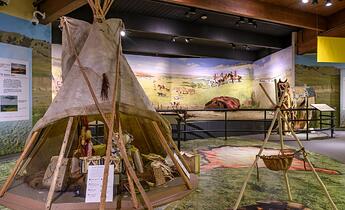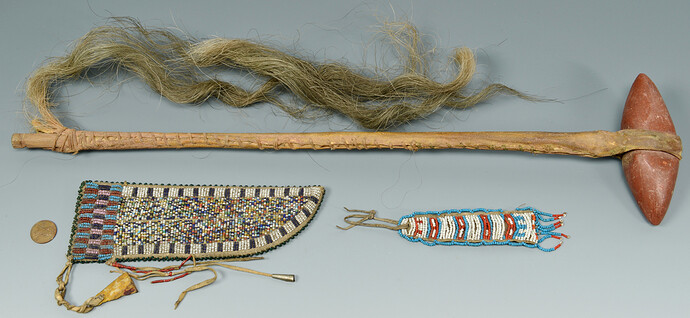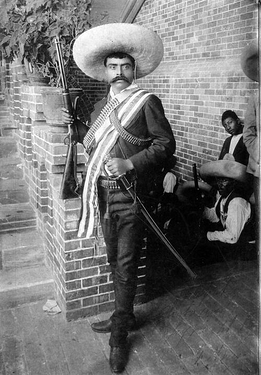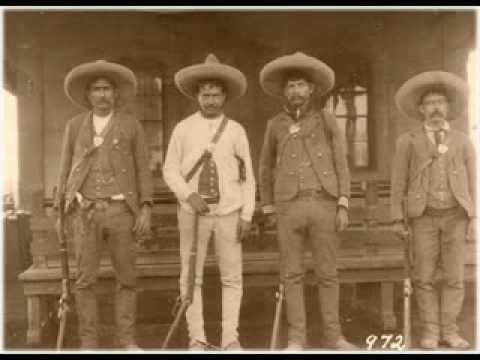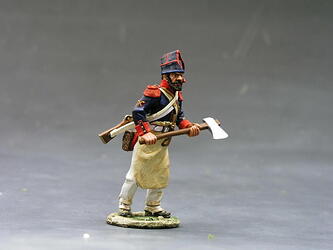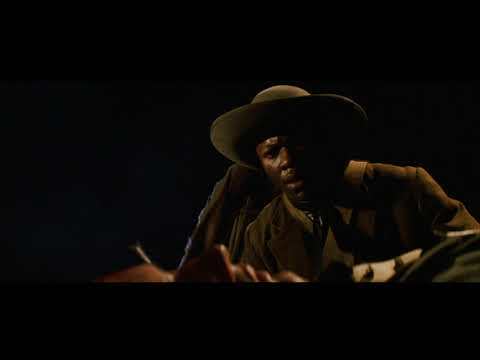Coin Gathering
Issues
The Definitive Edition came with a lot of very intrusive changes to the natives that were ostensibly made in the name of being a more inclusive and accurate portrayal of these civilizations. These changes (particularly the Tribal Marketplace) were largely detrimental to gameplay and appear to be motivated more by political brown nosing than a genuine desire for inclusive representation.
As has been discussed, in numerous threads, the Tribal Marketplace is objectively terrible and not at all the “fur trade” mechanic it was touted as being.
- It is STILL MINING and the hut even breaks after a mine is depleted
- It’s an annoying obstacle to being able to mine in the first place and can’t support as many gatherers
- They make it easier for your opponent to scout where you are mining
- The building is easily confused with the market (primarily in the building menu)
- Unnecessarily increases the learning curve for the native civilizations
The Tribal Marketplace should be entirely eliminated for all the native civilizations. For Haudenosonee there was never even a reason for this change in the first place and it should be completely reversed.
When it comes to the Lakota, it’s a little more complicated. They hold the earth as sacred and fought relentlessly to protect their sacred sites in the Black Hills from mining and exploitation. This aversion to mining could be accommodated with a coin gathering system specific to Lakota, similar to the unique workarounds for Japan not being able to hunt.
Solutions
Mining Exclusion Around First Town Center
Due to the sacred nature of the Earth in Lakota culture, all players would be barred from mining within the building exclusion zone around their first Town Center (same region where enemy can’t build buildings). This would prevent the allies of Lakota players from having access to too many safe mines, as well as protecting from very greedy enemies. Destroying the first Town Center would free up these mines for exploitation.
Combat Boost Aura Around Mines
The Lakota fought tenaciously to defend their lands from encroaching American miners. This could be represented by a card or bonus that grants mines a combat boosting aura. This would have multiple benefits by giving them a combat boost near both enemy and allied starting mines, and giving them an advantage when raiding and establishing map control.
Coin From Hunting and Gathering
The first component of this should be giving a small coin yield when gathering from natural resources. This would be similar to the North America Trade card that grants 0.15 coin/second from hunting and 0.015 coin/second from chopping. The thematic basis of this would be the fur trade and pemmican trade which were major components of the native economy. The North America Trade card could be replaced by a big button market upgrade called Pemmican Trade that grants a reduced version of the same effect.
Yielding coin from natural resources could be either a default bonus or be granted by the gathering under the aura of a Tipi. Having a coin yield enabled by the Tipi aura comes with the benefit of it being optional and able to be regulated. This could be done via a toggle similar to Mountain Monasteries. Options could be something like 0%wood/0%food converted, 5%wood/15%food converted, and 10%wood/30%food converted to coin.
Trapline
Traplines would be a structure analogous to Cherry Orchards and Mango Groves, but for coin. Lakota should start the game with a Trapline Travois to provide them with a reliable source of coin. More Trapline Travois could be obtained from an infinite shipment or certain age ups. Thematically, civs like the French, Russians, and Haudenosaunee could also have access to cards to send Trapline Travois (but not an infinite version since they would have access to mines).
Pipestone Quarry
The one exception to mining and quarrying that Lakota have is the gathering of pipestone (the rock used to make their sacred peace pipes). This quarrying could be the avenue to giving them access to the resources locked in mines later in the game. An age 4 card called Pipestone Quarrying could enable Lakota to be able to “mine” and greatly improve the yields on mines. However, since this would be quarrying for a building material instead of mining for profit, it would also change the yield on mines from coin to wood. This would be an excellent late game source of wood for a civ that is otherwise missing a late game source.
Food Gathering
The Lakota were prolific hunters and this is accurately represented by their many in game bonuses. However, as soon as the starting hunts run out, they are entirely dependent on recurring shipments to sustain their economy. This involves sending a ridiculous number of bison shipments and requires techs and cards for improving experience generation. A mechanism that allowed them to generate more bison to hunt without needing shipments would be a much better way to implement this concept. The best way to achieve this would be via a building called a buffalo pound.
Buffalo Pound
These were structures that funneled large numbers of bison into a corral where they were then slaughtered. They were primarily wooden construction and often incorporated the natural terrain as part of their structure. Buffalo pounds were most commonly used by tribes such as the Cree or Assiniboine so they could also feature as a component of a potential Cree/Iron Confederacy civilization.
In game, they could function as an equivalent of a Factory for Lakota. Buffalo Pounds should passively generate bison at a rate that is fast enough to support a couple of hunters. Additional Villagers could be tasked to “herd” the bison and increase their spawn rate in order to support more hunters. Like a Factory, they would not be able to be constructed normally, and could only be obtained from a card and/or age up.
Now, these may seem like a simple structure that should be trivial to reconstruct. However, making them irreplaceable parallels the reality that the extirpation of the buffalo was a deliberate tactic to starve the Native Americans into submission. The Camp Movements card would also help keep these structures safe by giving the option to move out of the way of incoming attacks.
Some have argued that a system like this should entirely replace farming because it was almost nonexistent among the Lakota proper. But, many Siouan peoples were farmers so it is realistic for them to keep access to Farms. It would also be a fallback food source if all Buffalo Pounds were destroyed.
Cards
New Cards
Paha Sapa (II) - Reveals all mines and increases the attack of units and buildings near mines
Red River Guns (IV) - Recurring shipment of 2 horse artillery based on Metis artillery
– The Red River colony overlapped with Dakota territories and they signed several peace treaties to facilitate cooperation
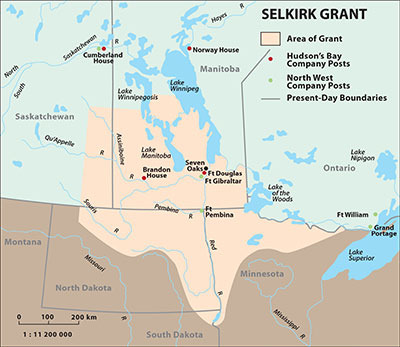
Buffalo Pound (IV) - Ships a Buffalo Pound Travois (can be sent twice)
Pipestone Quarrying (IV) - Enables mining and greatly improves yield, but changes yield from coin to wood
Reworked or Removed Cards
North America Trade - Replace with a Pemmican Trade big button market upgrade
Friendly Territory - Replaced by Paha Sapa
Nomadic Expansion - Remove or rework (doesn’t make sense if Tipis are economic)
Winter Counts - Rework to improve training speed (it is their form of calendar, and less experience would be needed if bison don’t need to be shipped)



